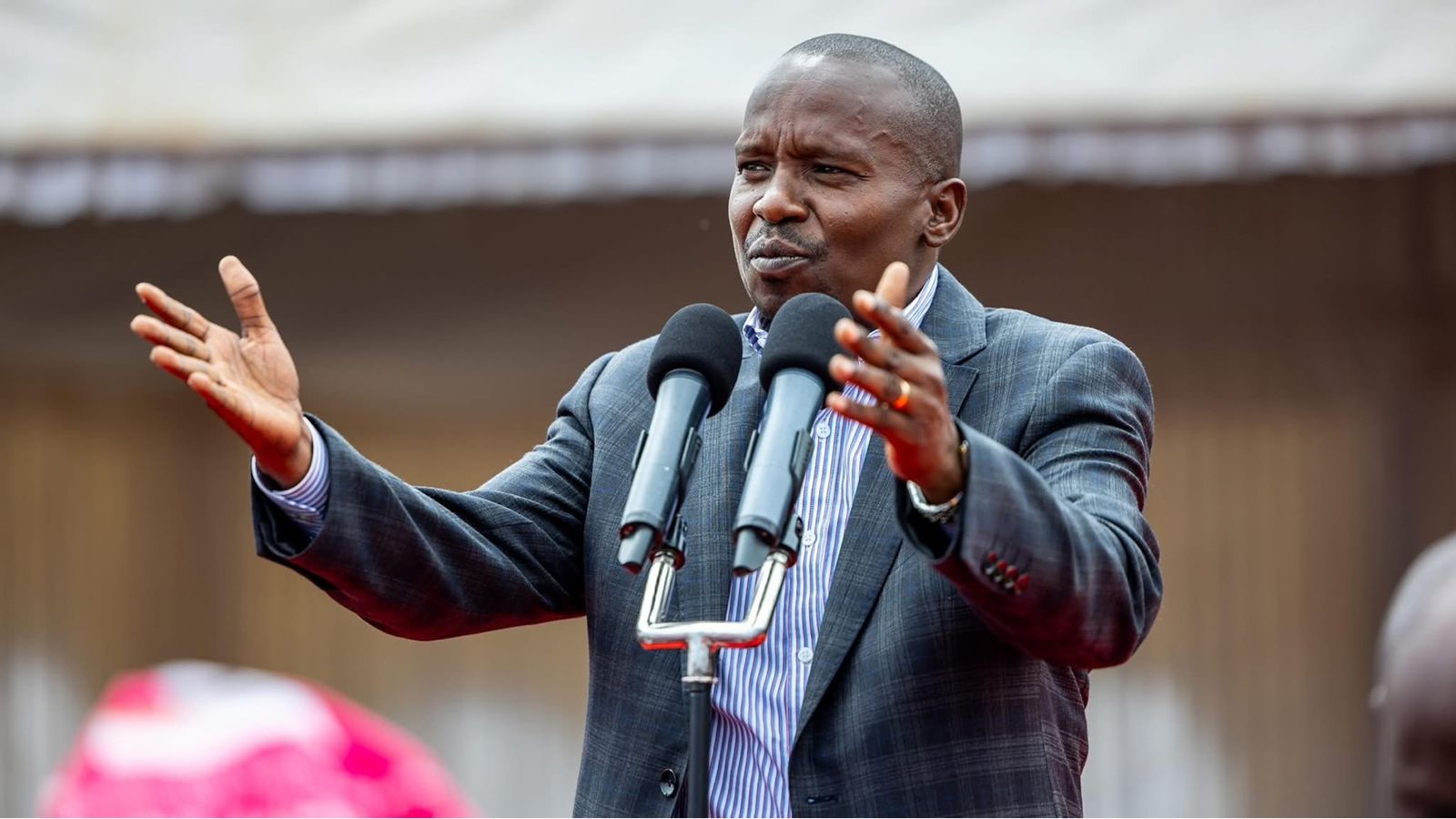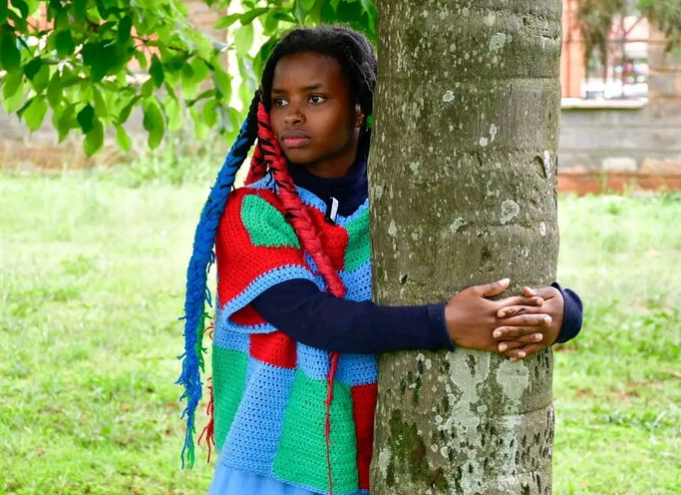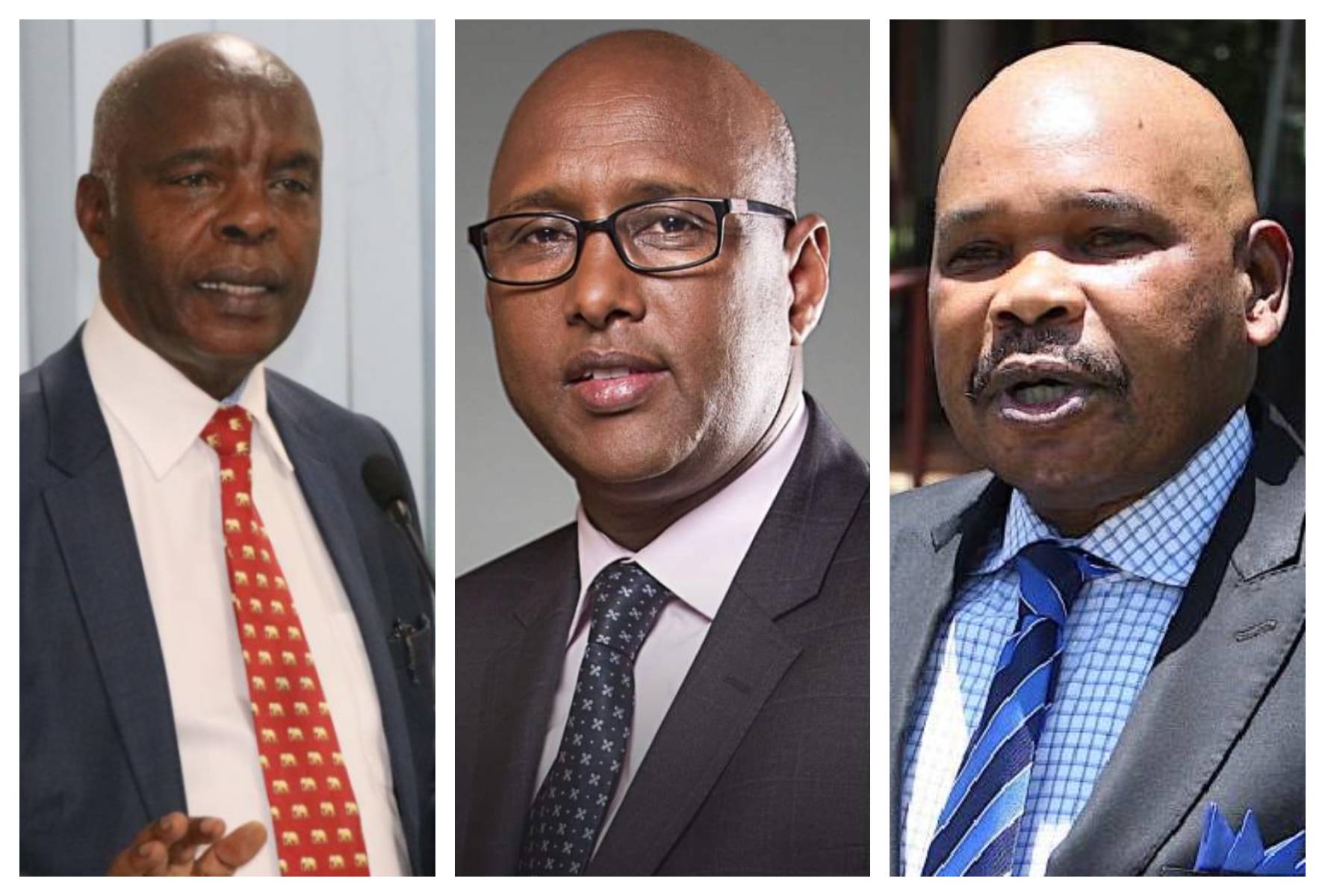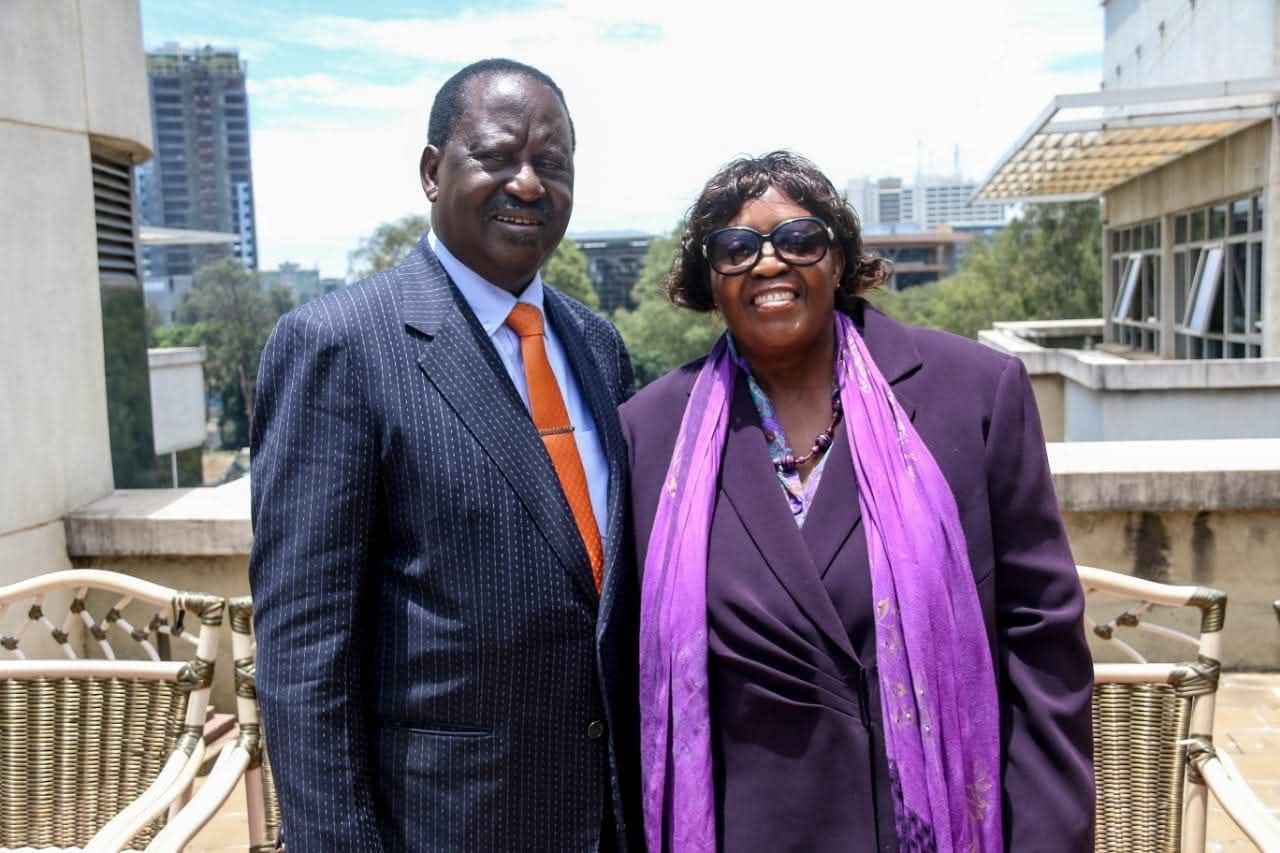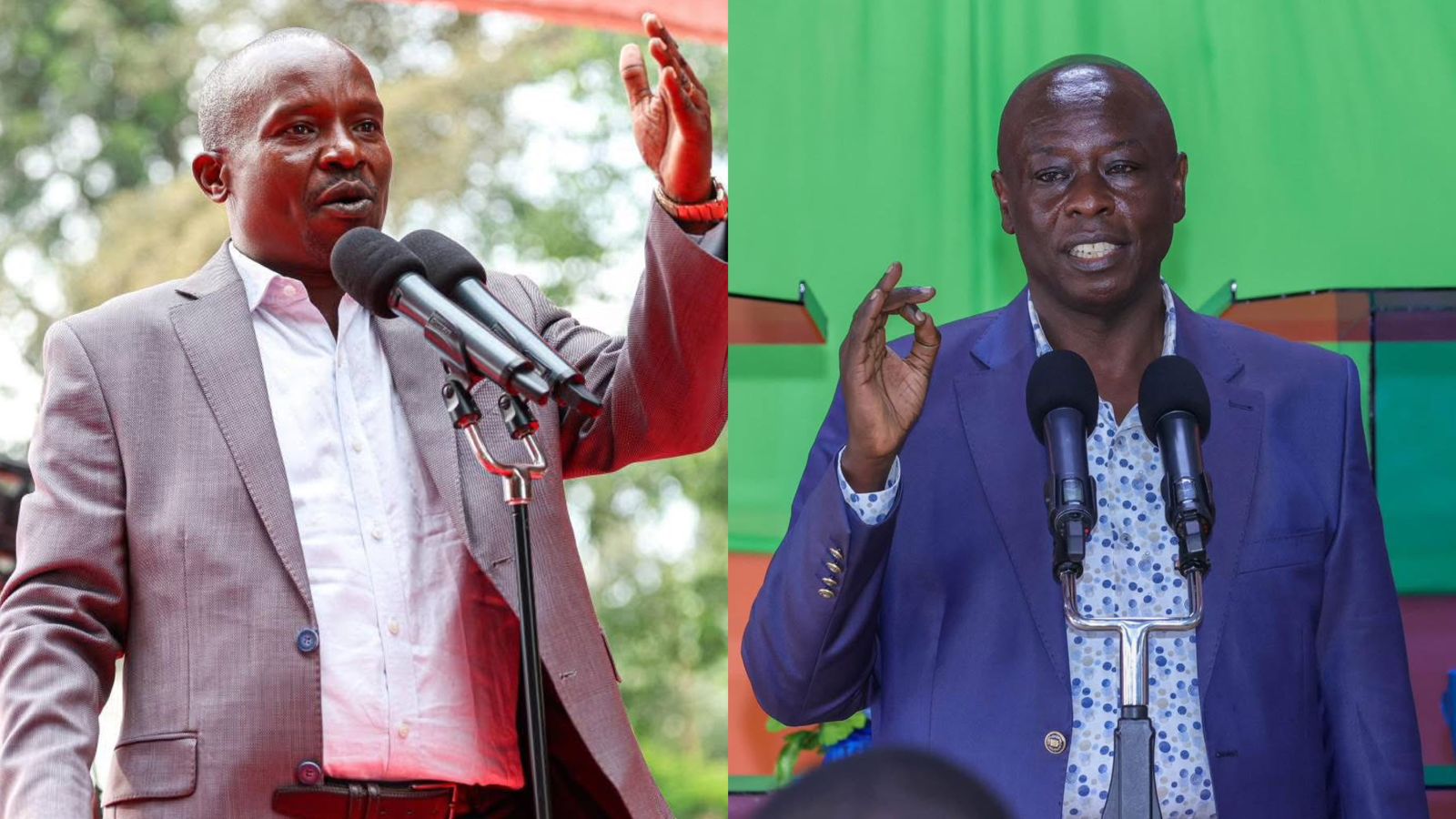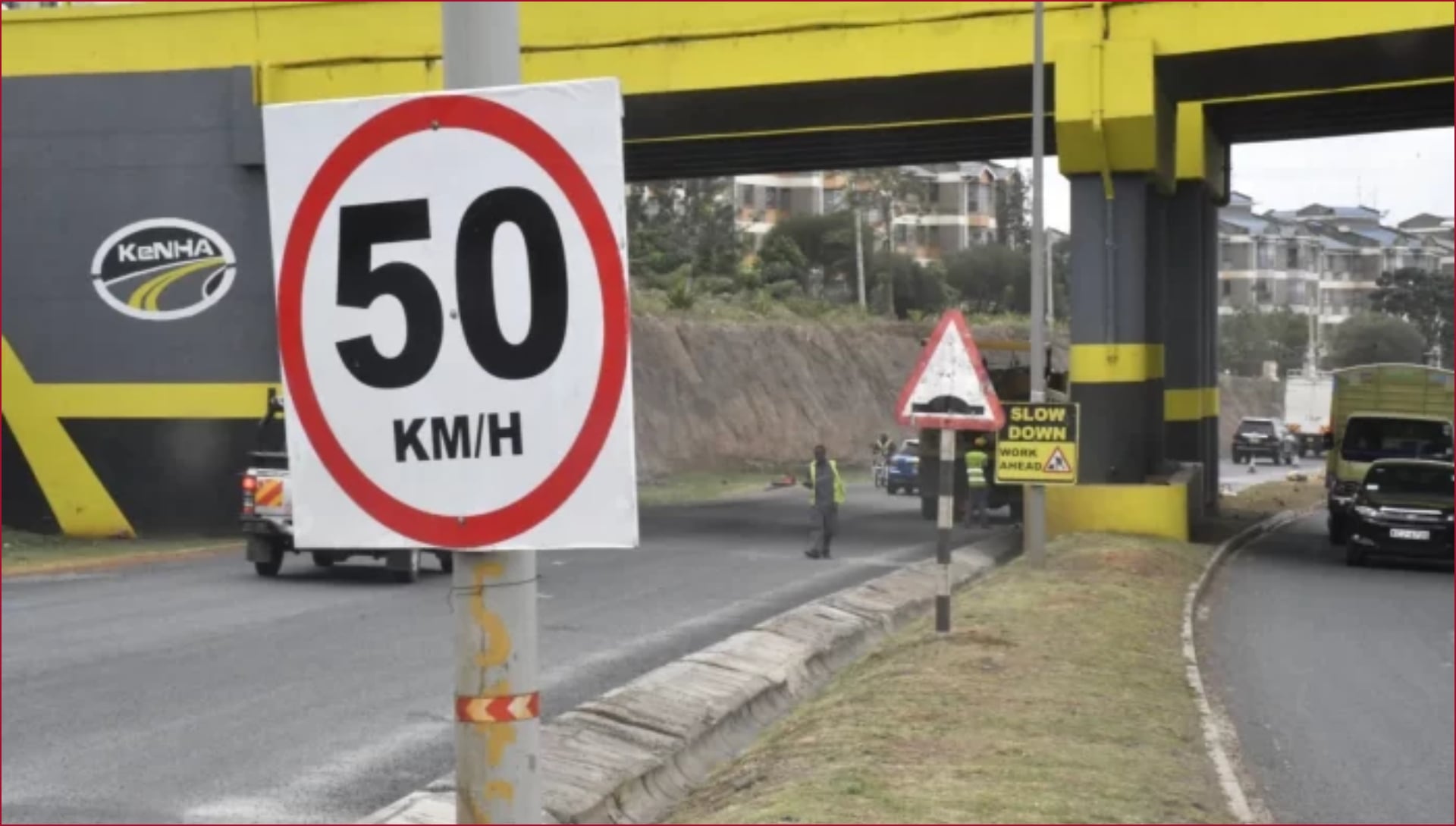Brief Overview
The new higher educational funding model was unveiled by President William Ruto on May 3, 2023, with the aim of addressing challenges encountered by public universities and Technical and Vocational Education (TVET) institutions due to massive enrollment, inadequate funding, and debts incurred by public universities.
By May 2023, pending bills by public universities had accrued to ksh60.2 billion due to bank loans, statutory deductions, pension, sacco dues, and unpaid contractors.
The new financing model focuses on the student’s financial needs and separates placement from funding.
The main difference between the previous model and the current model is the fact that unlike before, universities and TVET institutions will no longer receive block funding in the form of capitation. Instead, funding for students will be provided through scholarships, loans, and household contributions.
Under the new model, the Universities Fund will offer scholarships to students ranging from 30% to 70% based on their level of need. The level of need will be accessed through the Means Testing Instrument (MTI) tool, which will place students under five bands.
How does MTI work?
Read More
From the information provided, MTI fleshes out eight key variables that it uses to determine the need levels of students and places them in different bands.
The variables are; gender, disability, marginalization, course type, family size, composition, and parent's background.
How do the bands work?
The five bands are based on family income. The first band is for families with a monthly income up to Sh5,995, band two is for families whose income does not exceed Sh23,670, Band three comprises families with a monthly income up to Sh70,000, band four is for families with a monthly income up to Sh120,000, and Band five is for families with an income above Sh120,000.
Band 1
Government scholarship will cover 70% of the university fees, with the loan covering 25%, and the family will contribute 5%. The student receives an upkeep loan of Sh 60,000.
Band 2
The government scholarship will cover 60% of the fees, the loan will cover 30%, and the family will contribute 10%. The student receives an upkeep loan of Sh55,000.
Band 3
Students will receive a scholarship covering 50% of the university fees, a loan covering 30% of the fees, and their families will pay the remaining 20% of the fee. The upkeep loan in this band will be Sh50,000.
Band 4
The government scholarship will cover 40% of the fees, and the loan will cover 30%, making the total support 70%. The family will contribute 30%, and the student will receive an upkeep loan of Sh45,000.
Band 5
Students will receive a government scholarship of 30%, the loan will cover 30%, and the family will contribute 40%. The student gets an upkeep loan of Sh40,000.
Who's eligible
Candidates who sat the KCSE examination from 2022 onwards are eligible to apply for financing under the new model. Applications can be made through this portal: http://www.hef.co.ke.
Concerns Raised by the students and the Public on the New Funding Model
Band System
Students mostly from less fortunate backgrounds have been complaining that they have been placed in bands 4 and 5, which are meant for middle and well-off families, yet they cannot pay the fees required in those bands.
Critiques of the new funding model have also argued that the Means Testing Instrument (MTI) used to classify students in different funding bands has inadequate grading parameters hence likely to place students in the wrong bands.
A section of University students also said they had been forced to change courses to a cheaper one because of the costs involved in the courses they were offered.
Discriminatory
The new funding model has been criticised by a section of students and leaders as being discriminatory.
A section of students has argued that the new model does not favour students from disadvantaged backgrounds and could limit access to education. Chief Justice Martha Koome also criticised the model, arguing that the model could trigger inequality in access to higher education.
"I stopped watching news because of these very depressing items that keep flashing to our faces to remind us how unequal and how unjust we are in a society. That a child who has qualified to go the university can be there crying saying I have been put in Band 5 when I ought to be in Band 1 and therefore I cannot afford to go to the university,” Koome said.
Embakasi East Member of Parliament Babu Owino is also on record terming the model discriminatory against students from humble backgrounds.
"Student leaders together with all University Comrades should come out next week and demonstrate against the New University Funding model. This Model is making University Education a preserve of the rich. A child from a poor family will never see the four corners of a lecture hall thereby dimming his/her future," Babu posted on Facebook.
High Interest Rates
The new funding model provides for loans and requires families to pay a certain amount as fees. This comes with the issue of interest rate in that the students will pay back the loan together with interest and families that are not able to raise the required amount may resort to borrowing from financial institutions, which also comes with interest.
Students have opined that it is punitive to impose financial burdens on them yet employment is not guaranteed.
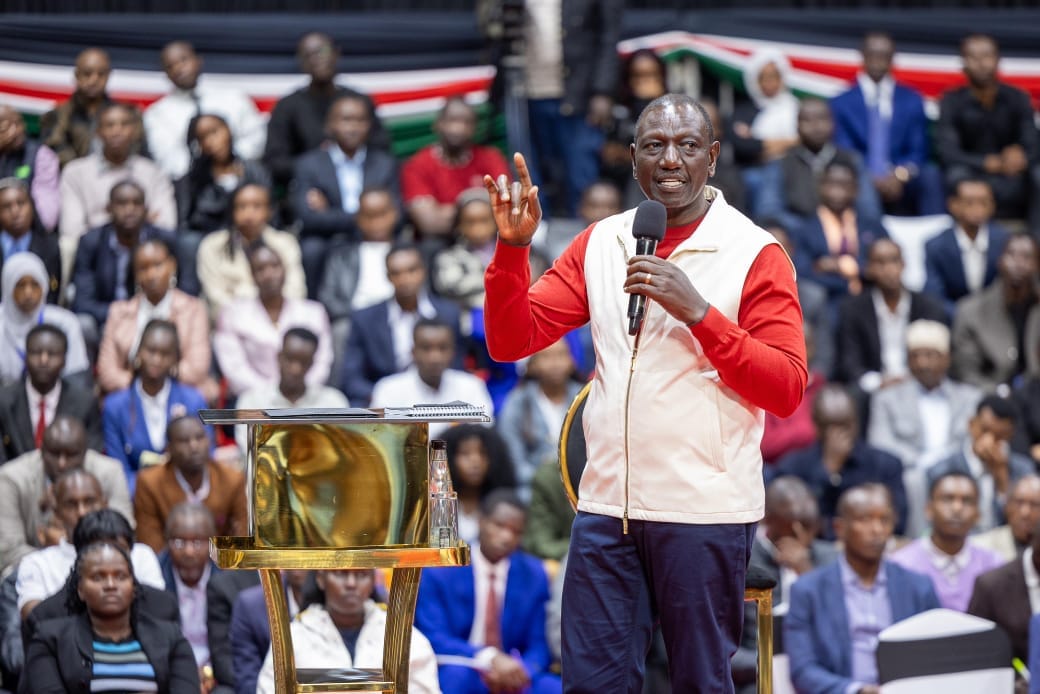
Mitigation: What has the Government done to address the issues raised?
PS Announces Appeal Process
On 20 August 2024, Higher Education Principal Secretary Beatrice Inyangala appeared before the National Assembly and indicated that first-year students could appeal to the funding model bands they placed in.
The PS clarified that the accuracy of the means testing instrument (MTI) of the new university funding model depends on the information provided by the applicants and indicated that most students who felt they were in the wrong bands probably provided incorrect information.
Students who made appeals are expected to receive feedback after three weeks with Inyangala announcing that over 12,000 students had appealed the bands they were placed in.
President Holds Townhall
On 25 August, President Ruto held a town hall and explained what necessitated a change in the funding model.
According to Ruto, the old funding model almost destroyed the country's education system because it assumed that the government had the money to pay 80% of the cost of every student, which is not true.
"The old funding model was almost destroying our education system because it assumed that all the courses were the same. It also assumed that the government had the money to pay 80% for everybody when it did not, and the results were disastrous.
"When I came into office, because of the old funding model, 23 out of 40 public universities were bankrupt," President Ruto stated.
Ruto also illuminated the university bands issue, noting that banding did not start with this model and that they would improve on it in time.
Committee to Evaluate Issues Around the Funding Model
On 8 September, the Ministry of Education announced that two committees featuring student leaders would be constituted to deliberate on key issues around the model.
Issues to be deliberated by the committee include; the implementation of the new funding model, the effectiveness of the mean testing instrument, the efficacy of the appeals mechanism in achieving correct student categorization, analysis of the cost of programs in the universities, and a review of the structure of student loans, the attendant interest rates and the period of payment.
The ministry requested university students to call off protests that had been scheduled for 9 September, but a section of students went ahead with the protests.
A section of leaders led by Senator Boni Khalwale also argued instead of forming committees and wasting resources, the Government should, "remove bursaries from political offices and make education free from primary school to university."
Protests over the new Funding Model
Despite efforts by the government to address issues raised by the students on the new funding model, the latter took to the streets to protest.
On 9 September 2024, students from Moi University School of Medicine, Kenyatta University, Technical University of Mombasa, Mount Kenya University, Pwani University, and the University of Nairobi took to the streets protesting over the queries raised regarding the funding model.
At the same time, a section of Vice Chancellors from different universities have argued that the new funding model will help them break even in three to four years.

